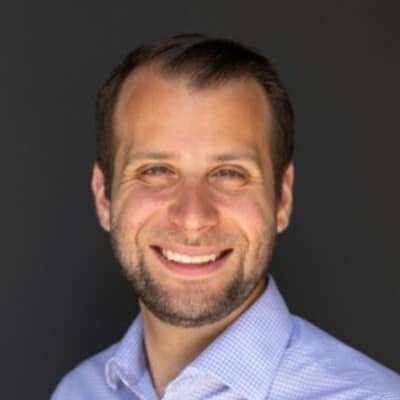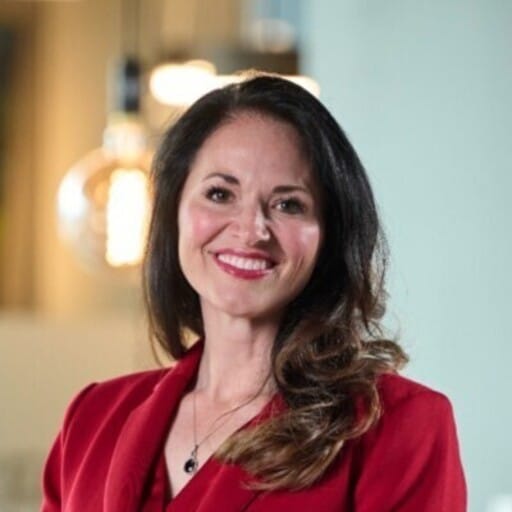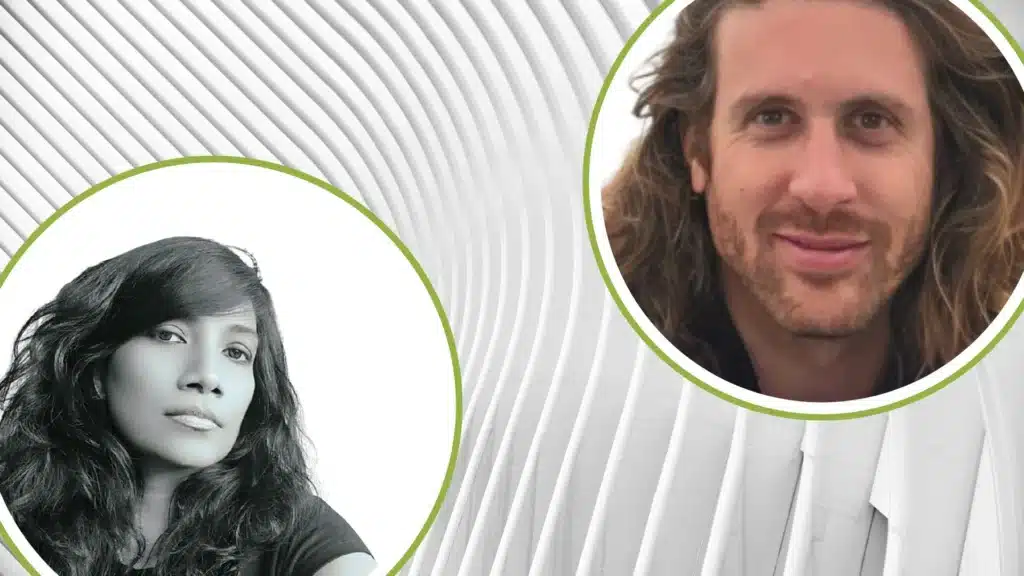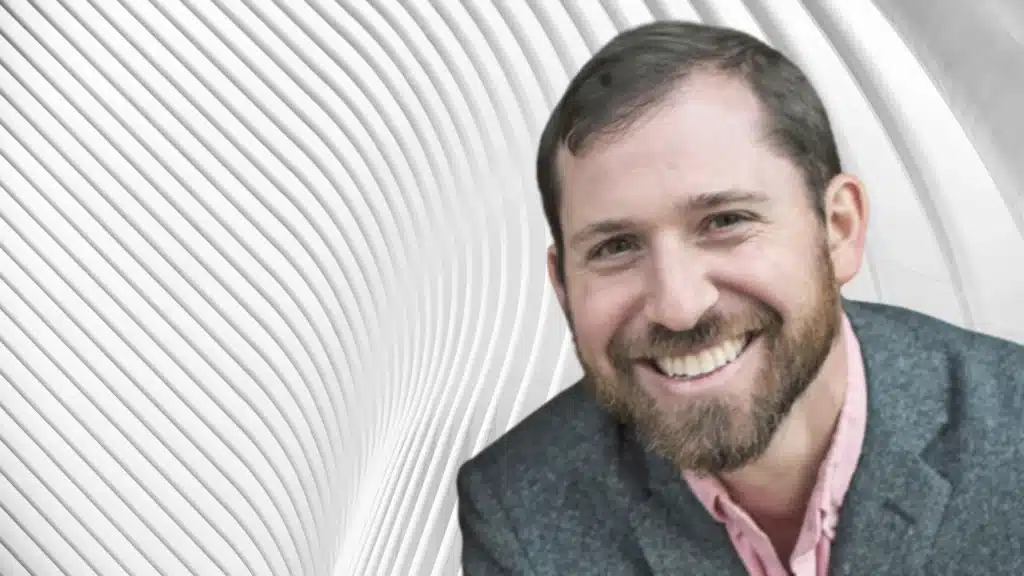“Move fast and don’t break things.”
That mantra guides Jared Barol—a successful entrepreneur, revenue operations leader, and Go-to-Market expert—as he leads some of today’s most influential organizations like Salesforce and Reputation.com toward scalable revenue-building strategies.

Jared Barol, a successful entrepreneur, revenue operations leader, and Go-to-Market expert.
Ironically, “breaking things” is how he got his start on the RevOps practices and business transformation journey, and he explains the lessons he’s learned from those experiences in this episode of the Go To Market podcast with Dr. Amy Cook.
Amy sat down with Jared to discuss their shared enthusiasm for RevOps frameworks, how using a maturity model provides vital insight to protect your business’s core, and how chasing the enterprise sales deal can break down your startup.
Here are some interview highlights:
Amy Cook: Move fast and don’t break things. What does that mean?
Jared Barol: A company is an organism by definition. It’s not the product itself. It’s not the people who work there. It’s not the brand. It’s not what’s on the balance sheet, plus all of that and a lot more.
When you look at business transformation, you should be looking at it from the perspective of “What does the end state of the business need to look like?” And that is what you protect. You protect that core part of the business, things that are not part of it that you can move through and shave away, carve away, and build the way you need it to be, but as long as you protect the core.
Amy: So as you’re talking through, “Don’t move fast, don’t break things,” how does that look in an enterprise compared with a startup?
Jared: Jon Spear wrote the other day about how it is so hard to avoid chasing those big customers—those unicorn customers—when you have that size they can significantly change your business, and you can break things by doing it also.
Instead, what I encourage companies to think about is the difference between your enterprise, your enterprise pursuits, and then your commercial business. They’re different animals, and you need different approaches to think about them, especially at these early stages. . . . You want them focused on what the core of your ICP is and driving that core. You do not want them to spend all of their cycles chasing that next big elephant out there.
Amy: There’s so much that depends on the size of the organization to be able to do that—to be able to move fast and not break things in an enterprise versus commercial strategy—and you’ve just articulated so well a lot of the different elements that go into a Go-to-Market strategy. What’s an example of something that might be acceptable to move fast on in, let’s say, an SMB, whereas in enterprise it would take a lot more thought and planning?
Jared: I spent some time with a company that realized in their very niche SMB space that their messaging was off . . . and they wanted to change it. And they were able to do that in weeks, days . . . and they were able to iterate. If you were to take action like that and start changing your image in an enterprise space, keep in mind that your sales cycles are, let’s call it, nine to 18 months. Okay, if you’re lucky, in six months, your customers are going to hear different things from you at different periods of time, and it causes confusion, especially when we’re talking to different buyer personas as you go up the chain.
Amy What’s the best way to structure the organization? Where should RevOps report? How should that come down in the chain of command so you have the best success?
Jared: If you think of RevOps as this independent arbiter of Metro-sized truth, it’s an interesting way to think about where that should be so it’s not biased or otherwise single-levered on one set of one side of the data stack. If you think of the idea of a RevOps team building the Holy Grail of data, what does the company look like? What do we spend on?
The goal should be to be an independent and analytics and operational and strategic front, which makes a solid argument for being in the CEO world. . . . As companies are evolving, it looks to me that the C-suite is moving away from general process, procedure, and development towards a revenue focus, especially in a time like today, which is a time of efficiency and performance.
I think about RevOps in the modern day. RevOps has a number of different capabilities that fit into everything from sales ops to marketing ops. It could be the Salesforce development or Go-to-Market or tech stack for the whole Go-to-Market side of the business. It could be a strategy arm as well.
Amy: Besides frameworks, is there anything else that keeps you at the top?
Jared: So, with the caveat that I don’t think there is a significant difference across business types, especially within the same industry, I focus more on how capabilities are changing in the workplace.
And I really think that people need to always be taking courses. I love learning—not on RevOps necessarily, maybe on financial modeling or something else—you hear things everywhere you go. And if you’re good at pattern matching, you can start taking these ideas mixed with the innovation that’s coming out of the market trends, in fact, thinking of waves to disrupt yourself. That’s how you can drive change is by disrupting the patterns that you build over the course of your career.
Listen to the full interview here on Spotify.










